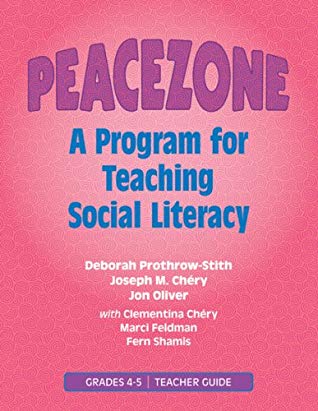“As a mother, I am happy my son is learning about peace, so he can grow up to be a good guy, and able to teach his kids about peace.” –Pamela Graham, about her son’s participation in the PeaceZone curriculum.
PeaceZone is an elementary school-based program (ages 4 -11 years) designed to increase students’ ability to make positive decisions avoid risk-taking behavior and heal from trauma and loss. It was created in partnership with the Louis D. Brown Peace Institute, the Harvard School of Public Health, the Lesson One Foundation, and Boston Public Schools. PeaceZone is designed to increase students’ ability to heal from trauma and loss, make positive decisions, and avoid risk-taking behavior. The curriculum can be used school-wide as a school climate change instrument or in individual classrooms to talk about trauma, loss, grief, and healing. Early prevention has been shown to increase children’s resilience, reinforce positive behaviors, and promote social benefits. To be truly preventative, programs should begin no later than first grade.
A recent survey of fourth grade teachers showed positive impacts on their students through the use of PeaceZone curriculum :
33.3% said “There were less office referrals”
100% said “Students showed improved self control”
33.3% said “Students showed improved thinking and problem solving”
33.3% said “Students showed improved cooperation skills”
Effectiveness: PeaceZone was developed in Boston and evaluated using pre and post surveys of children in grades 3-5. Both boys and girls reported significant reductions in being victimized by other children at school (boys 37% to 28%; girls 39% to 30%). Boys reported a decrease in perpetration of violence from 36% to 26%. Also, there were remarkable reductions in mild to severe depression reported by both boys (40% to 25%) and girls (40% to 14%).
Contact us if you are interested in training that is designed to increase students’ ability to heal from trauma and loss and grief, make positive decisions, and avoid risk-taking behavior.

